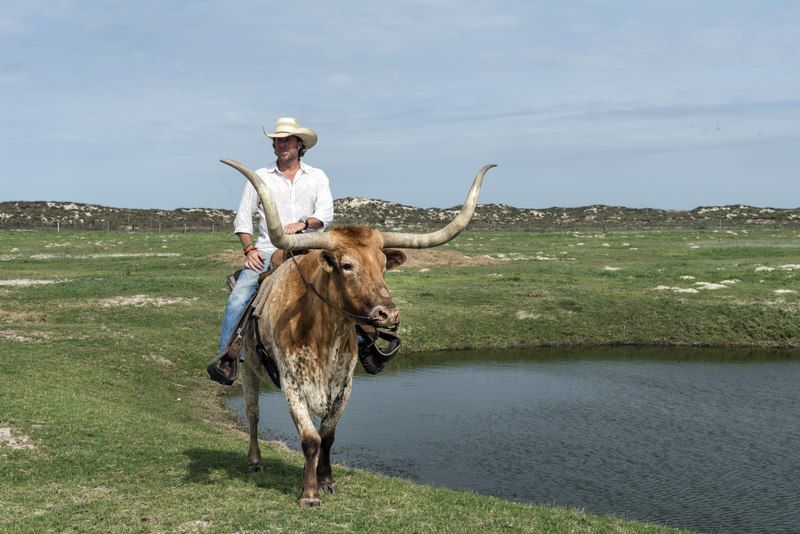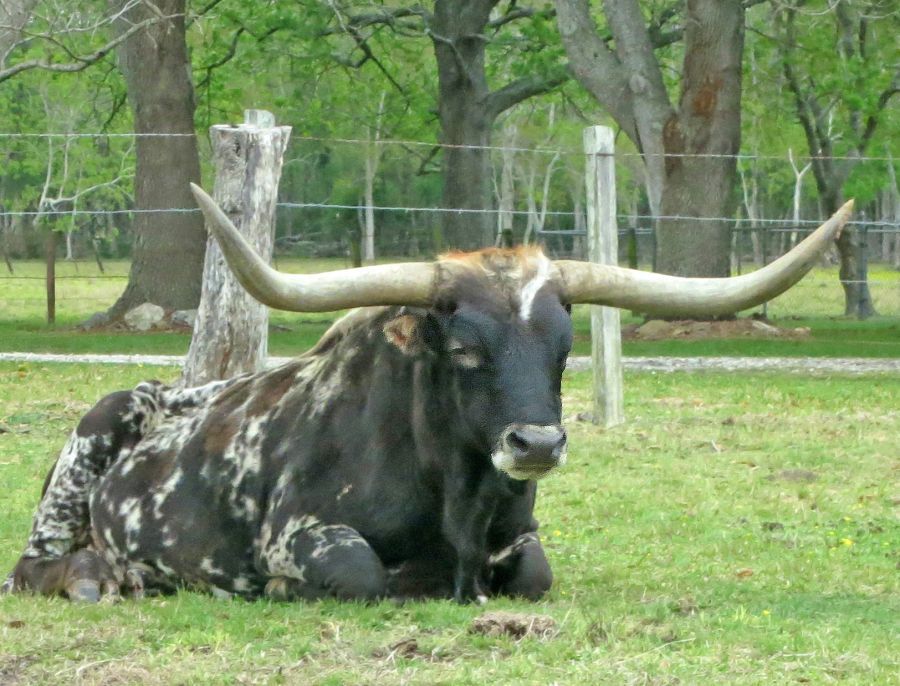Texas is a state with some really rich history backing it up. Bordering Mexico, the Lone Star State as it is called, is the largest state in the United States following Alaska. It is known not just for its unique shape with a protruding southern end, but also for its populous and beautiful cities as well as its breathtaking weather phenomena; which include frequent thunderstorms and tornadoes.
Texas is also known as the ‘cowboy state’, because of its history of horse-riding cowboys and old Western towns. Texas prides itself for its defiant and independent nature – represented by the singular star on its flag – and is also home to the city of Houston which is known for the iconic phrase from astronaut Jim Lovell, “Houston, we’ve had a problem.” With so many historically significant events having taken place in Texas, the state ended up with multiple state symbols, each with their own rich history and reasoning for being selected. One such symbol, a fascinating animal indeed, is the cattle breed of Texas Longhorns.
What is the Texas Longhorn?
The Texas Longhorn is a truly unique breed of cattle. Found in abundance all over the state nowadays, the most defining feature of the animal are its extremely long horns. The horns jut out on either side of the head and can grow up to a staggering nine feet, making the entire combined breadth of the horns almost as long as the animal itself.
The Texas Longhorns are not a naturally emerging breed of cattle. Their origins can be traced back to the year 1493, when long-horned breeds of cattle were brought to the Americas with the Spanish. It wasn’t until a few centuries of interbreeding with other stocks of cattle that also originated from Europe that the Texas Longhorn emerged. The breed itself is a very capable and hardy animal that can carry out a lot of heavy lifting before needing to rest.
The Domestication and Near Extinction of the Texas Longhorn
Herds of Texas Longhorns grew rapidly in numbers, and soon dominated large swathes of Texas in the first half of the 19th Century. Then, most likely due to their sheer numbers as well as the demand for beef as towns and cities propped up all over Texas, the large herds were fenced by farmers and cattle herders and the Texas Longhorn began to make its appearance in butchers’ shops and on people’s dinner plates.
This sudden domestication and distribution of Texas Longhorn meat however, was done too rapidly and without adequate planning. And with the discovery of better tasting beef, the herds of Texas Longhorns were interbred in huge numbers with other stocks of cattle. At the time, the Texas Longhorns were slated for extinction as their numbers fell rapidly due to culling and interbreeding. Though being recognized as the symbol of the Texas cattle drives, no effort was being made to keep the species alive and thriving.
Rescuing the Texas Longhorn from Extinction
In the year 1920, breeders decided to save the Texas Longhorn from extinction to display them in state parks around Texas. Action was taken, and was later followed up by official government help in 1927, resulting in the Texas Longhorns finding refuge in the states of Nebraska and Oklahoma. The Texas government also decided to step in and contribute, and made the most helpful change in the whole effort by rounding up 20 heads of the breed and forming the first Official State Longhorn Herd in 1941.
Texas Longhorns After Rescue, and Today
After the formation of the Official State Longhorn Herd, the herd was settled at Fort Griffin State Park in Albany, Texas. The state park is still home to the Official State Longhorn Herd today, almost 80 years down the road. However, thanks to the efforts of the governments and breeders, as well as the fact that the Texas Longhorn rediscovered popularity among ranchers due to its hardiness and toughness, other herds of Texas Longhorn can now be found in multiple state parks around Texas. Commercial breeders have also started to breed and herd the Texas Longhorns, ensuring once and for all that the breed of cattle now has a stable and successful future ahead of it.
Where Can You Find Texas Longhorns Today?
If you’re touring Texas and are interested in seeing some Texas Longhorn herds in person, you have a plethora of choices to choose from. Many state parks maintain herds of Texas Longhorns, either a part of the Official State Longhorn Herd, or a different affiliated herd. Below we’ve listed some of the best places to get to know the mighty Texas Longhorns up close and personal.
Abilene State Park
Sixteen miles southwest of Abilene.
Big Bend Ranch State Park
More than 280,000 acres of some of the most remote and rugged terrain in the Southwest U.S. Located in Brewster and Predidio counties along the Rio Grande River, stretching between the towns of Presidio and Lajitas. (The small Texas Longhorns herd here are not part of the Official State Herd.)
Copper Breaks State Park
In North Texas, almost in the Panhandle, between Quanah and Crowell off of State Highway 6. You might see another famous Texas animal here, the “horny toad” (or horned lizard, to be proper).
Fort Griffin State Historic Site
Fifteen miles north of Albany – which is 35 miles northeast of Abilene – on U.S. Highway 283.
Lyndon B. Johnson State Historic Site
Smack in the middle of the Hill Country, two miles east of Stonewall, 14 miles west of Johnson City on U.S. Highway 290. Very convenient to Fredericksburg. (The Texas Longhorn herd here is not part of the Official State Herd.)
Palo Duro Canyon State Park
Armstrong and Randall Counties, south of Amarillo. From Amarillo, take Interstate 27 south to State Highway 217, and go east eight miles.
San Angelo State Park
Right next door to San Angelo and adjacent to O.C. Fisher Reservoir.
Conclusion
Texas is home to many amazing sights and fun activities. You’ve got choices ranging from touring huge cities with active nightlife scenes, to old Western towns that make you feel like you’ve just taken a step back in time. But if you decide to visit a calm ranch on a lazy and sunny day, you won’t just be looking at any other animal. As you gaze at the sturdily built and commanding presence of the Texas Longhorn, you are looking at a species that has a fascinating history behind it and has been through a lot of events to get to the point it has.



